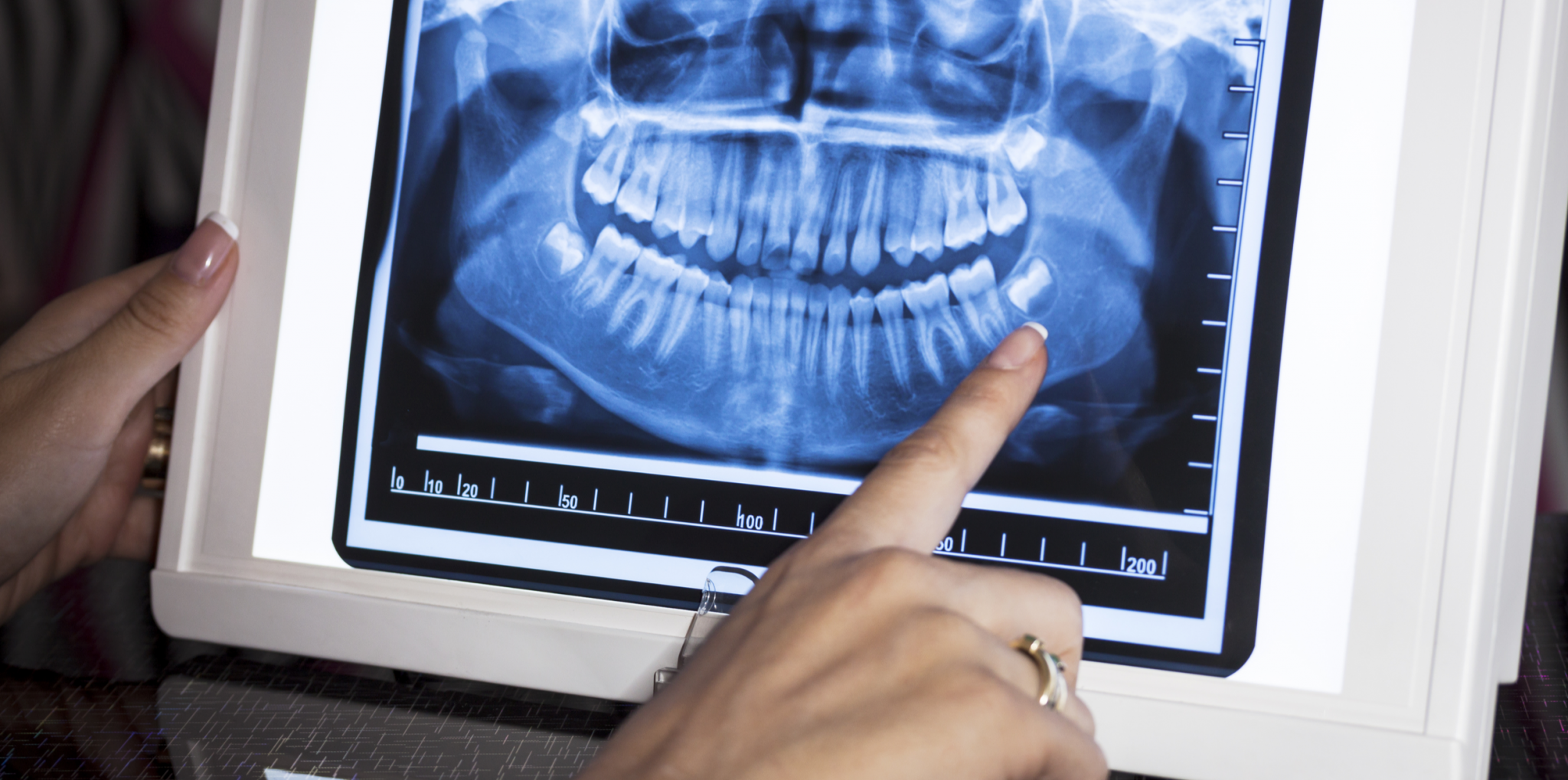Here’s something to think about.
In a world where you can have almost anything delivered to your door within 24 hours of clicking ‘Check Out,’ why should you have to jump through multiple hoops just to get your teeth straightened?
Especially since you opted for invisible braces, where the treatment time is significantly shortened compared to traditional braces?
And more specifically:
- Why do some invisible braces providers insist on you getting X-rays done before your orthodontic treatment?
- How important are they?
- Can’t you just opt for a DIY braces provider where X-rays are non-mandatory?
TLDR: YES – X-rays are really important! Also, this is why you should do your research before considering DIY braces!
What are X-rays?
X-rays, also known as radiographs, are images created when a beam of radiation called electromagnetic waves passes through the body and hits a sensor on the other side.
This process creates pictures that reveal the differences in the densities of the tissues through which they pass. And in the specific case of dental X-rays, here’s what you’ll see at the dentist’s office:
- Enamel and fillings – Because these are dense, they’ll appear white in colour on the radiograph
- The bone around the teeth, root canals, and decay – Because these are less dense, these, therefore, appear darker in colour on the radiograph
That said, there are several types of dental X-rays, which record slightly different views of your mouth. Common examples include:
- Bitewing: This is where you bite down on a special piece of paper so your dentist can see how well the crowns of your teeth match up. Typically used to check for cavities between teeth.
- Occlusal: Done when your jaw is closed to see how your upper and bottom teeth line up. This can also be used to detect anatomical abnormalities with the floor of the mouth or palate.
- Panoramic: This is where the X-ray machine rotates around the head. Helps to check wisdom teeth, plan for implanted dental services, or investigate jaw problems.
Are Orthodontic X-rays Safe?
If your eyes boggled at the word ‘radiation’ and your mind immediately went to the scariest word of all, ‘Cancer’.
Relax. Put your worries to rest.
Orthodontic X-rays are absolutely safe.
The amount of radiation you’d get from an orthodontic X-ray is 0.010 millisieverts, which is only a little more than the radiation you receive just walking around outside in the sun during a normal day.
Besides, most orthodontists use a lead apron that protects the chest and the neck during these X-rays to limit your radiation exposure.
There’s really no need to worry.
Why Are X-rays Important for Orthodontic Treatment?
X-rays help identify pathology
Because of their nature, X-rays can determine if you’re suffering from any underlying oral health problems.
Did you know, many dental conditions such as periodontal disease–which affects 20 to 50% of the population–are slow-progressing, often asymptomatic, and remain undetected until later stages?
And scarily enough, orthodontic tooth movement (no matter from traditional or invisible braces) in patients with active periodontal disease has been shown to aggravate the condition, potentially leading to tooth loss.
Dentists/orthodontists don’t only check for any pre-existing periodontal disease through X-rays, too.
Instead, they have to keep an eye out for any type of dental abnormalities, including impacted teeth, cysts, and supernumeraries. That’s because whenever present in a patient, these issues need to be resolved before orthodontic treatment can proceed – if at all.
Takeaway
ALWAYS check for and resolve any dental issue BEFORE proceeding with invisible braces.
X-rays help orthodontists map a teeth-straightening plan unique to your needs
Here’s something fun to try.
Go take a look at your family members’ teeth. Chances are, their teeth (i.e. shape, length, width) are going to look different from yours.
The point being, your orthodontist may have to take your unique needs into account when designing a teeth-straightening treatment for you. For example, you may have problems with the jaws where your bones are:
- Too big
- Too small
- Asymmetrical
- Too far apart
- Too close together
- Misshaped
This is where X-rays come in.
They provide orthodontists with the necessary information that not only help them determine where problems exist but also guide them on the best way to correct these issues (e.g. if extraction or surgery is required before treatment).
Takeaway
X-rays are like Google Maps for teeth-straightening. You want them to accurately chart the best way to your destination—your dream smile.
X-rays Are Important Before Straightening Your Smile
Ultimately, orthodontic teeth movement without any in-person consultation or supervision of a qualified dentist, may lead to unsuccessful treatment outcomes, root resorption, tooth motility, and tooth loss.
So with your smile, it’s always best to ensure you’re getting the most ideal treatment plan and process. Don’t put yourself at risk of losing precious teeth.
X-Rays are a MUST HAVE before getting invisible braces!
Embark on your journey to straighter teeth with Zenyum.





